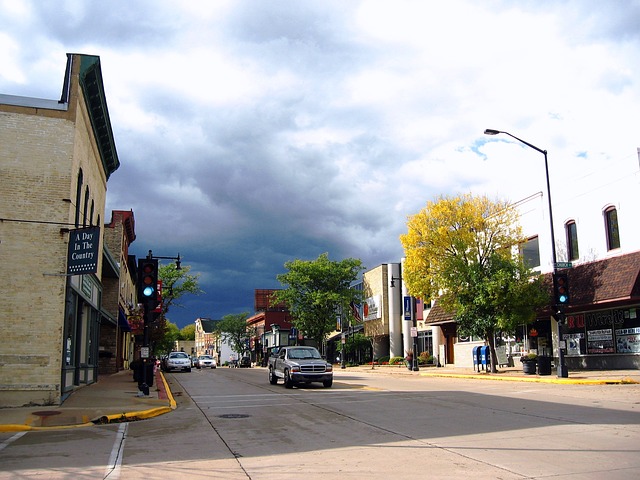 Between the large urban centers, like New York, Chicago and Los Angeles, are countless rural communities that are often cut off from major bus routes. For people in small towns and villages, driving by car is often the only way to get from place to place, however this isn’t always an option. The elderly, disabled, and people who simply cannot afford a car can find it particularly difficult to get to where they need to go, and having access to affordable public transportation can really change their lives.
Between the large urban centers, like New York, Chicago and Los Angeles, are countless rural communities that are often cut off from major bus routes. For people in small towns and villages, driving by car is often the only way to get from place to place, however this isn’t always an option. The elderly, disabled, and people who simply cannot afford a car can find it particularly difficult to get to where they need to go, and having access to affordable public transportation can really change their lives.
The Formula Grants for Rural Areas Program
Fortunately, proposed budget increases to the Formula Grants for Rural Areas Program, or Section 5311, has the potential to open up more of rural America to major bus lines. For 2017, the federal government has allocated $564.8 million for the program to expand bus services to more rural areas. This is expected to increase over the next three years, rising as high as over $600 million by 2020.
Section 5311 was founded in 1982 in which a fixed amount of federal funding was portioned out to the states to use to improve their own rural bus connections. Despite the fact that more and more commercial bus services were being contracted to rural communities throughout the 90s, as of 2016, only 26 states were taking advantage of the grants.

A Connected Future
Routes initiated under this program are generally considered too much of a risk or not profitable enough to be done through unsubsidized business ventures. Usually the towns connected to the bus services as a result of section 5311 have populations under 50,000, and many of these routes are connected with Greyhound, which really helps the program because of the provider’s national coverage.
The goal is to create more opportunities for people who live in rural communities without forcing them to move to urban areas. Not only will increased access to bus lines increase employment prospects, but it will make traveling in general much easier for people who might not have access to a car. This also opens up the opportunity for people in congested urban areas to move out to less populated towns without having to sacrifice career prospects.
Share this post:

